While millions of Filipinos celebrated the birth of their saviour Jesus of Nazareth this week, in the hinterlands of the provinces thousands of their compatriots were commemorating the genesis of another saving force – the so-called “messiah” of the peasants and the working class.
The Communist Party of the Philippines (CPP) marked their 50th anniversary on the 26th of December, coinciding with the birthday of one of their revered historical idols – the late “Chairman Mao” Zedong.
It would not be a surprise if the founding of the revolutionary party was purposefully synchronized with the birth of the People’s Republic of China’s founding leader – after all, the former has adopted the guiding philosophy of Chairman Mao and the People’s Liberation Army, Maoism.
That ideology takes the view of empowering rural peasants and the blue-collar workers, taking it upon themselves to mount a “people’s war” that would transform Philippine society as we know it. It is exactly this vision of strengthening the masses that has allowed the CPP, along with its armed front the New People’s Army (NPA), to last as long as they have so far.
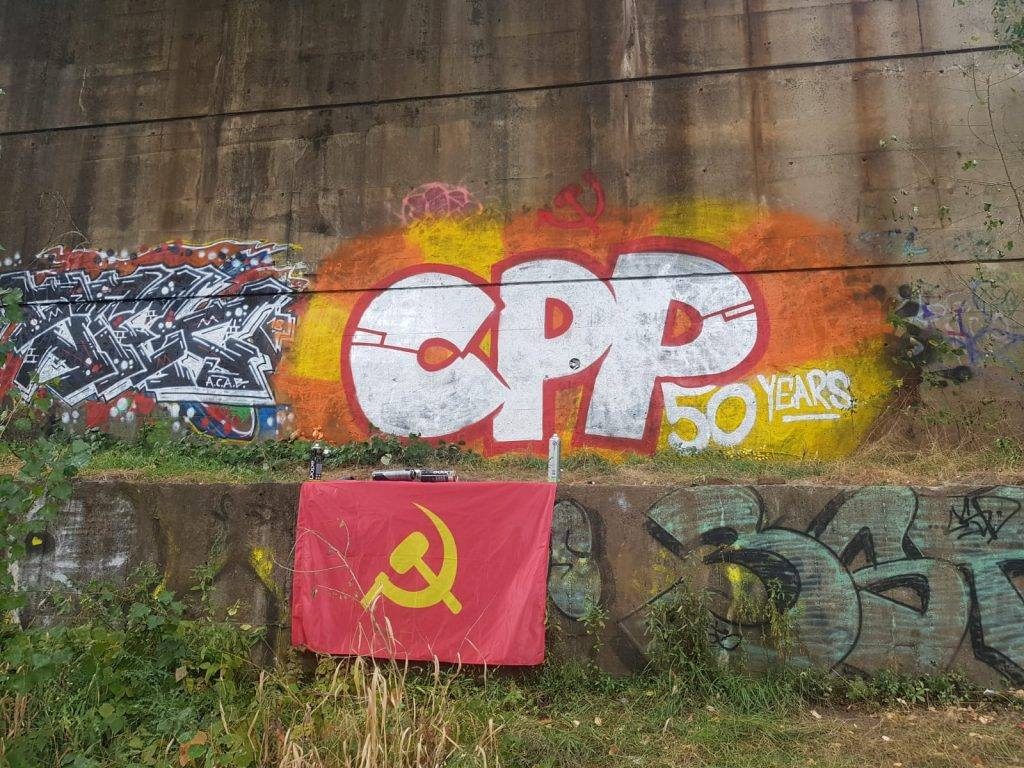
The degradation of the country’s agricultural sector, the declining economy and the widening wealth disparity is what buoyed Jose Maria Sison – founder of the CPP – to establish the revolutionary movement in Pangasinan province one fateful day in 1968. Taking the pseudonym, “Amado Guerrero”, he took inspiration from the war against American imperialism in Vietnam which raged throughout the 60’s and the Cultural Revolution in China.
A year later, the CCP’s armed faction – the NPA – was established, composed of former fighters from the “Hukbong Bayan Laban sa Hapon” (HUKBALAHAP; “National Force Against the Japanese”). The “Huks” were a guerrilla army who fought the Imperial Japanese forces during World War II, their experience in combat proved invaluable for this newly-formed revolutionary group.
The “Huks” also shared sentiments with their comrades in the PRC, not only did they have the same ideologies but both also had a history of fighting Japanese expansionism. It is this connection that established a link between the CPP-NPA and Chairman Mao’s China in the late 60’s and early 70’s which involved the latter providing technical assistance and support to the fledgling Filipino group.
It was this support from the regional superpower that allowed the NPA to gain notoriety during those decades, becoming a thorn in the side of dictator Ferdinand Marcos’ despotic regime. According to a U.S. Congress, House of Representatives, Sub-Committee on Asian and Pacific Affairs, Hearing dated 28 June 1983, it is estimated that the revolutionary army had “7,500 regular fighters and about 100,000 sympathizers” during the latter part of the Martial Law era.
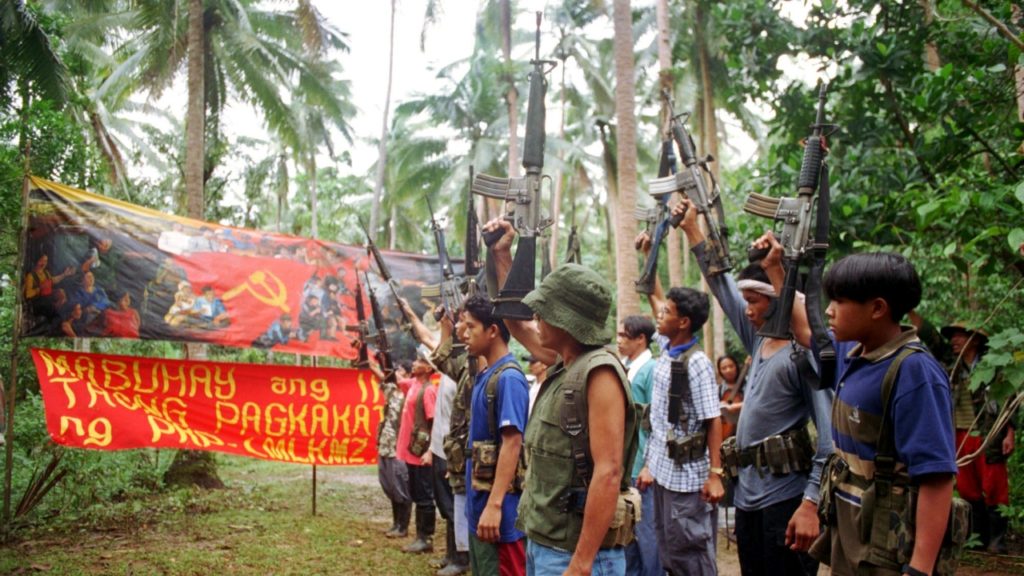
During this time, the NPA – under the guidance of the CPP – also mounted thousands of operations against Marcos’ military and police forces, most notably in the island of Mindanao. It was the general public’s growing anger towards the corrupt government and the continued support from the PRC that made the NPA, and its parent group the CPP, so potent during this era.
That partnership with the PRC would be later severed, when Deng Xiaoping initiated reforms that sharply turned away from Mao’s philosophy. Since the mid-1980s, the Chinese Communist Party (CCP) have had no links with their Philippine counterparts – and this was confirmed by a top official as late as 2011.
Despite the massive loss of funding and technical assistance, the CCP successfully reached its 50th birthday, along with the NPA and their political faction – the National Democratic Front (NDF). The revolutionary movement achieved such feat in spite of numerous attempts by succeeding presidents to eradicate them, this includes the incumbent administration of President Rodrigo Duterte – who himself has publicly idolized the late President Marcos and uses the same dastardly tactics that the latter employed also.
In the weeks leading to the CCP’s 50th founding anniversary, Duterte has riled his military to ‘destroy the CPP-NPA-NDF’. That rhetoric is a massive contrast to the days when he was vocal in praising the revolutionary movement, even as late as 2015 – during his Presidential campaign – he was reported to have celebrated the CPP.
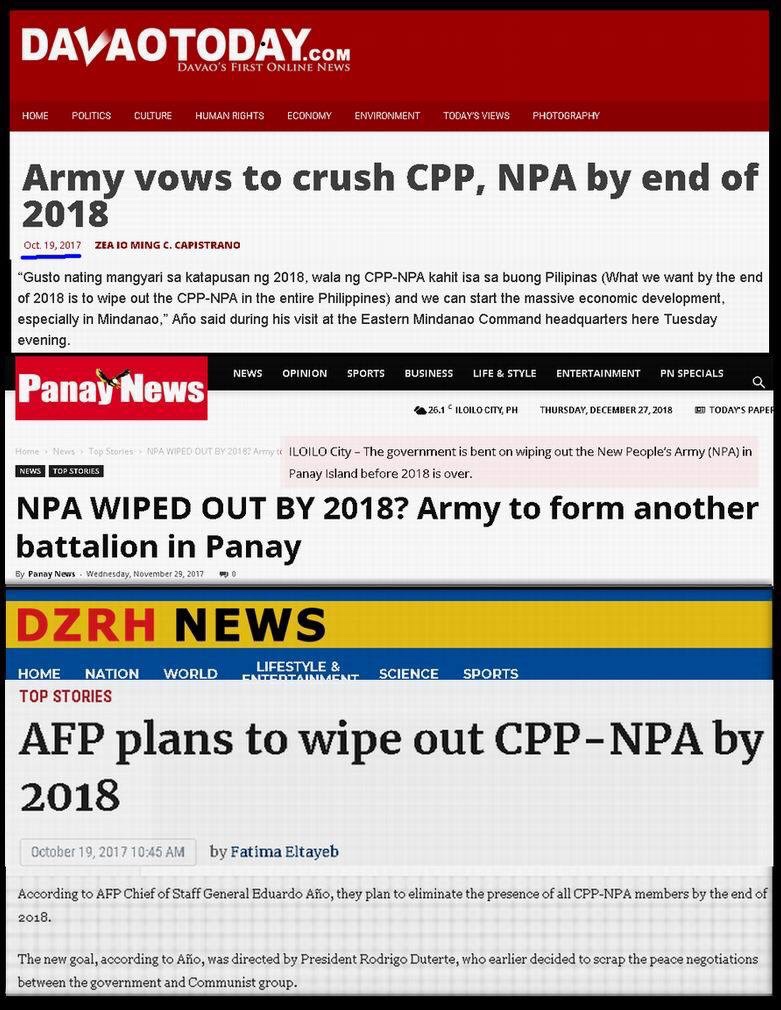
The President pledged to step up attacks on the revolutionary guerrillas, even ignoring an offer from the latter to declare a Christmas ceasefire. In his usual demagoguery, Duterte vowed to “show no mercy” to the CPP-NPA-NDF.
And yet, the CPP celebrated its 50th year on the 26th of December unfazed by the threats from Duterte. Not only have they commemorated their anniversary in tact, but they have successfully pushed back against this month’s military offensives also.
A clash between the NPA and the Armed Forces of the Philippines (AFP) left 11 government soldiers wounded, needing evacuation. The revolutionary army were also successful in attacking a military detachment in Kalinga province, leaving one soldier dead and ransacking their armory in the process.
A similar raid on an AFP detachment in Agusan del Sur province was also productive, the NPA took 14 pro-government troops as prisoners of war (POWs) while confiscating their enormous weapons cache also. As is mandated among all “Red” fighters, the POWs were left unharmed and have been allowed to maintain contacts with their military peers to negotiate their eventual release.
The fortitude the CPP-NPA-NDF have shown not only to repel Duterte’s attacks, but also to land significant blows to his military as well, is a display of the enduring strength that the revolutionary movement has. Decades after losing support from China and even with a prolonged military campaign against them during previous presidencies, they have remained cohesive and formidable – being able to reach their 50th year.
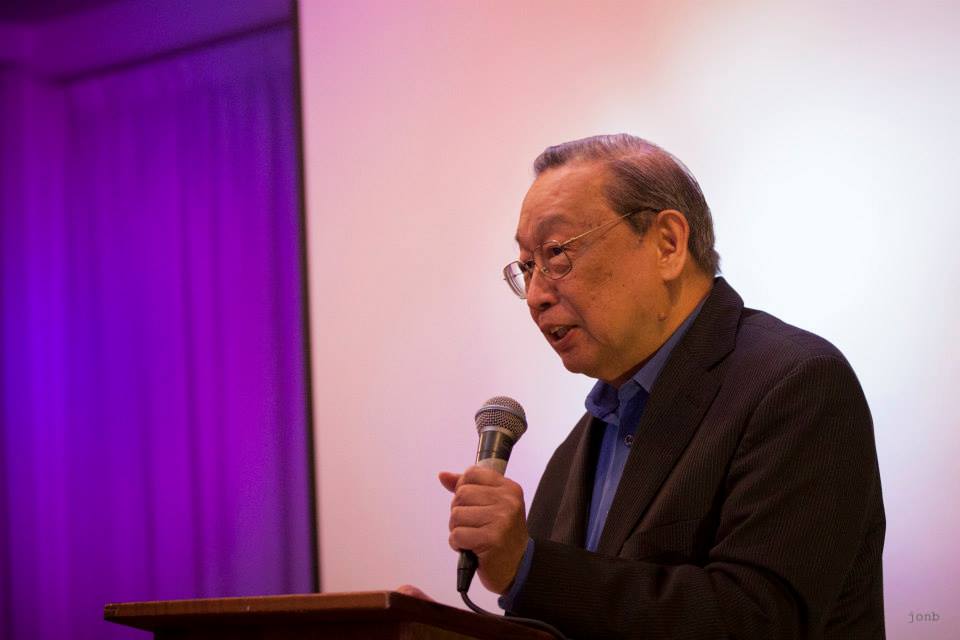
Their secret lies in the original purpose of the movement’s creation – to serve as a force for the people politically, philosophically and militarily. The CPP was established as a response to the growing injustices felt in society, especially by the rural masses – this is how the movement gained widespread support in the first place.
As shown by their increased strength during the Marcos era, it then follows that the revolutionary movement grows its strength during periods of oppression and national outrage. Those are aplenty during this presidency of Rodrigo Duterte, a man who has launched a vicious campaign against the indigenous Lumad communities of Mindanao and has been unapologetic in his brutal campaign against drug users which has led to unintended deaths of innocent people.
The CCP’s founder, Joma Sison, articulated it best when he called Duterte “the best NPA recruiter”. The more the latter projects this facade of a “strongman”, that is to be inhumane and merciless, and the more he cozies up to oligarchs while ignoring the plight of the rural poor, the stronger the revolutionary movement becomes.
The “people’s war” that was launched over 50 years ago persists today because the motivations for its initiation remains up to the present also.
Abject poverty persists, made worse by Duterte’s tax reform package that has accelerated the rate of inflation. Warlordism in the rural provinces continues, which is when oligarchs maintain private armies to drive entire communities out of their ancestral lands for their own gain.
Abuse of the environmental continues, which has brought about tragedies that led to the loss of human lives. That, despite Duterte’s vocal opposition to mining.
And despite continuously boasting about being the first son of Mindanao to become the country’s head-of-state, Duterte has instead been an oppressor of the island’s indigenous Lumad communities himself. In 2017, he threatened to bomb areas where these communities were located – ordering them to evacuate.
When you have a despot who spearheads such heartless policies, you fuel the revolutionary base so much more than assistance from the PRC ever could. If Duterte is serious about “destroying” the CPP-NPA-NDF, his best chance is to eradicate poverty, hunger, homelessness, joblessness, the oppression of indigenous groups and wealth disparity in the Philippines.
Those societal ills are the true reasons why the revolution persists to this day. If he continues to ignore tackling those issues, he can look forward to the CPP celebrating its 51st anniversary next year.

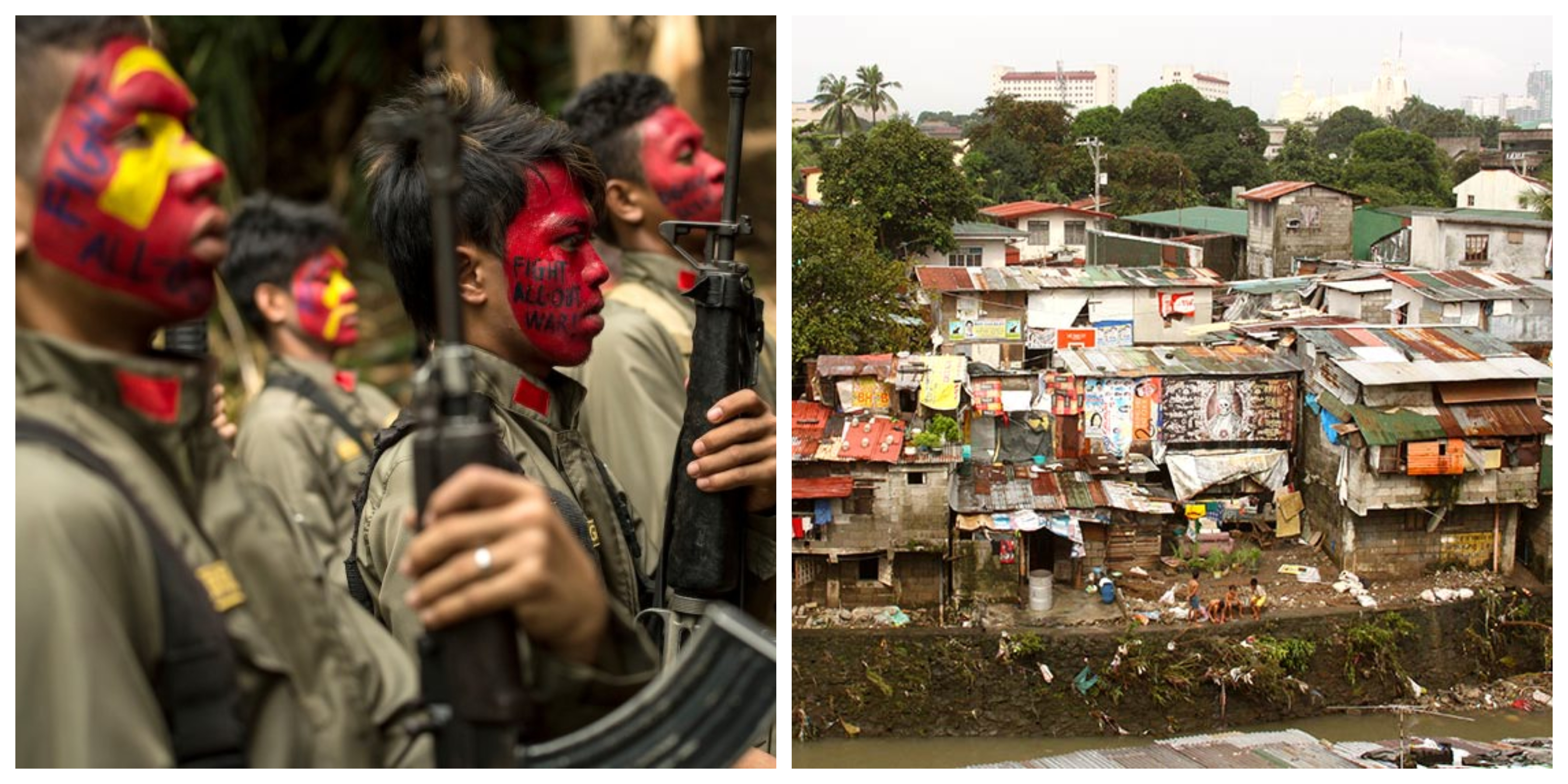
The communists were eradicated in Indonesia and Thailand decades ago through relentless all out attacks. Philippines can do the same
Thailand and Indonesia were able to eradicate communism decades ago through relentless all out war. Philippines can do the same